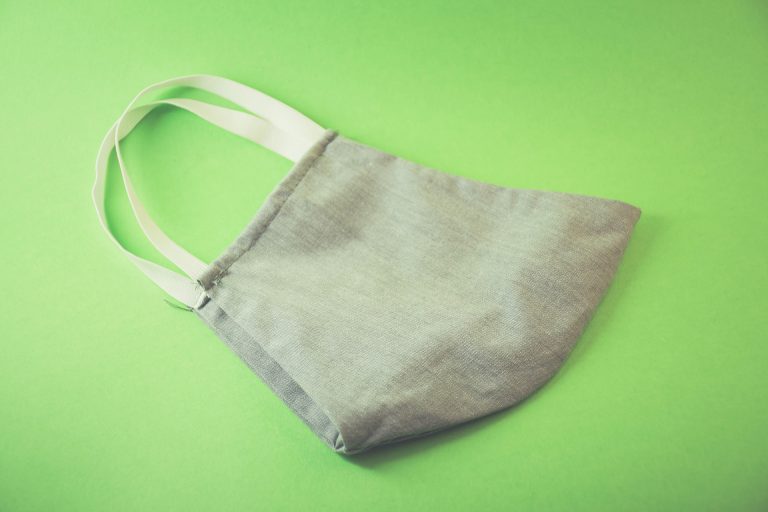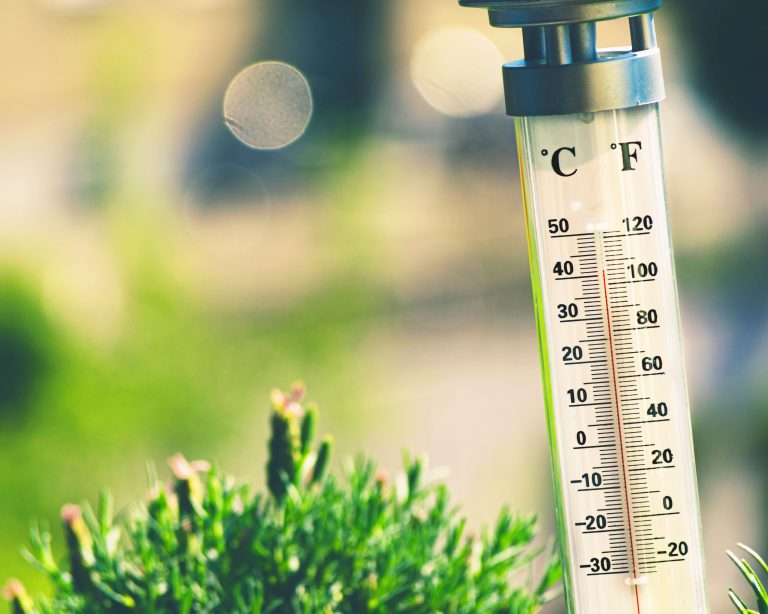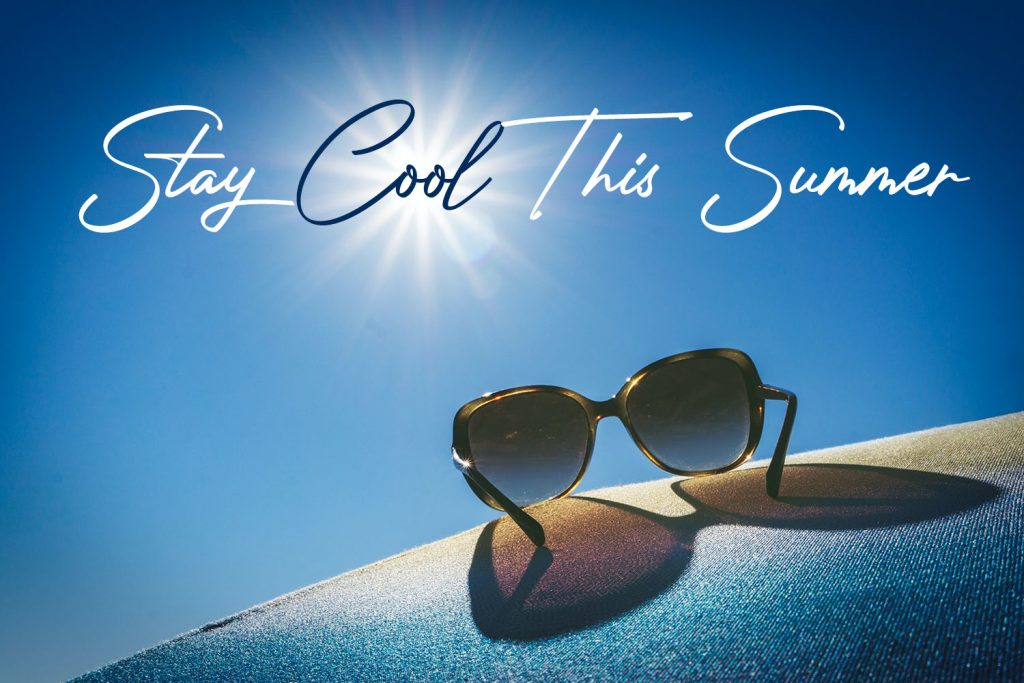by Chrissy Roshak
August 11, 2020
Remember back in June when it rained Every. Single. Weekend? Well, Summer has arrived, and temperatures have been soaring this month! Hot as it is outside, workers in some industries are roasting! Warehouse workers, for example, often perform physically exhausting work in warehouses without air conditioning. And this year workers are also required to wear face masks, adding a whole new insulating layer into the equation. Staying cool isn’t just about being comfortable. It’s also a safety concern. We put together some tips below to keep you cool and hopefully keep you more comfortable at work.
Choose the right mask to stay cool
Choosing the right mask is essential for staying cool this year. Masks can trap heat from your breath, which might feel like a furnace this time of year. Try out a variety of styles and materials to find one that will work the best for you.
- Material: Cotton is often recommended as the most breathable, but synthetic blends from companies like Sweaty Bands and Boco Gear who make athletic gear are also worth checking out.
- Style: Aside from the material of your mask, try different styles. Consider sweat wicking masks that fit close to your face or looser fitting bandana styles that allow a little more air flow. Aim for a comfortable style that you won’t need to touch to adjust frequently.

Hydrate to stay cool

Staying hydrated is essential for keeping cool this time of year. The old rule of 8 glasses a day has been thrown out recently because each of us have different hydration needs. The right amount of water varies from person to person, and even day to day if you’re exercising or spending time outdoors on a hot day. Check with your doctor if you’re unsure.
Here’s some good news! Your morning cup of joe and even energy drinks count toward your daily water intake. Experts at Harvard say it’s a myth that caffeinated beverages are dehydrating. They state that “over the course of the day, you still end up with a net positive contribution to your total fluid consumption.” They still agree that water is the best choice, but the caffeine isn’t going to derail your hydration goals.
Choose lightweight, breathable clothing
The type of clothing you wear makes a difference too. Check out our tips below to help pick the right outfit to keep you cool throughout the work day.
Do choose:
- Light colors will reflect the heat rather than absorb it
- Lightweight, breathable materials such as cotton or linen
- Canvas shoes will keep your feet covered for work but still allow the heat to escape
- Looser fitting clothing to allow airflow
- A baseball cap can keep the sun off your face if you work outdoors – but make sure your workplace dress code allows it
- Shorts – if your workplace dress code allows it
- Sports gear – if your workplace dress code allows it. Get creative and search for more professional looking clothing made of the same sweat wicking material as sports gear
- Lightweight, breathable socks
Avoid:
- Open toed shoes are not a good choice for the workplace. They don’t look professional, and they leave your feet exposed to injury.
- Dark clothing absorbs and traps heat
- Heavy fabric that traps body heat
- Long sleeves
- Tight clothing can irritate your skin and trap heat in hot weather
- Anything that violates your workplace dress code (when in doubt, don’t wear it)

Get to know the signs of heat related illnesses

Learn the signs of common heat related illnesses such as heat exhaustion and heat stroke, and take appropriate actions to hydrate and cool down if you experience symptoms of one of these serious heat illnesses. Seek medical attention of your symptoms do not improve. Common symptoms include:
- Abnormally heavy sweating
- Cold, moist skin or red, hot and dry skin
- Nausea or vomiting
- Feeling faint
- Drowsiness
- Headache
- Dizziness
- Muscle weakness or cramps
- Rapid heartbeat
- Confusion or disorientation
Check out our other blog posts for more useful tips and tricks!

